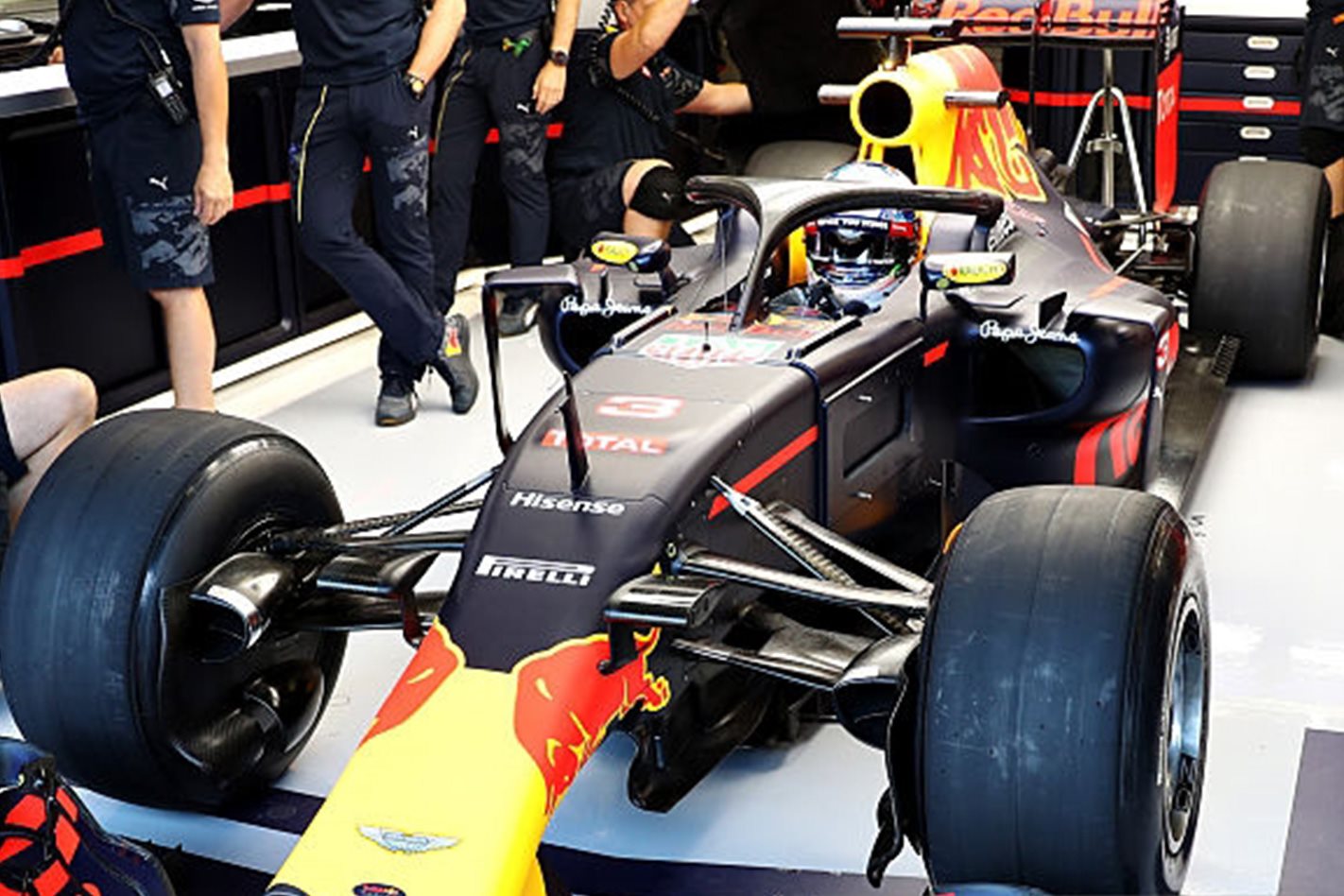On the face of it, a feature intended to better protect the heads of Formula 1 drivers should seem like a praiseworthy initiative.
Yet the FIA has been copping flak itself after fans, teams, and many drivers criticised its decision to make a cockpit-barrier device mandatory for 2018. The Halo is understandably controversial in a sport that has been a true open-seater series since its birth.
And it possibly doesn’t help that its design invites comparison with open-toed rubber footwear common to an Australian summer. However, where a thong will afford you some protection from standing on a bluebottle, the Halo has been created to withstand the impact of a 20kg wheel assembly flying at 225km/h.
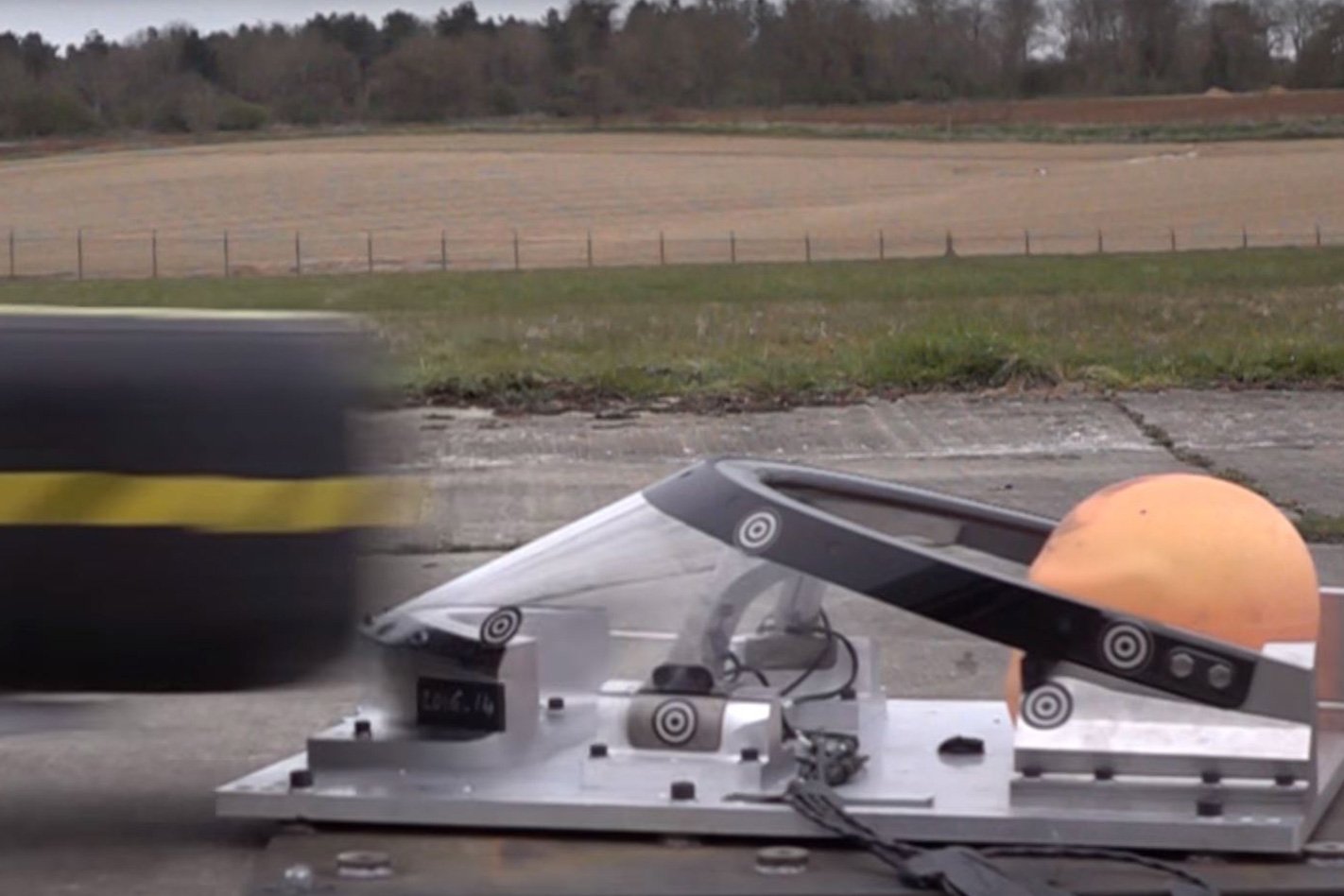
In the space of six days during 2009, Henry Surtees (son of legend John) was killed by a stray bouncing wheel during a Formula 2 race, and Felipe Massa was lucky to survive with just a battered face after his helmet was struck by a spring that had come loose from the car ahead during Hungarian GP qualifying.
Maria de Villota (2013) and Jules Bianchi (2014) both died months after suffering head injuries after crashing into stationary vehicles, while IndyCar driver Justin Wilson was killed by large debris from a competitor’s crashed car. As the FIA pursued Halo as its likely choice, Red Bull even gave wings to its own, more visually attractive solution called the Aeroscreen in 2016.
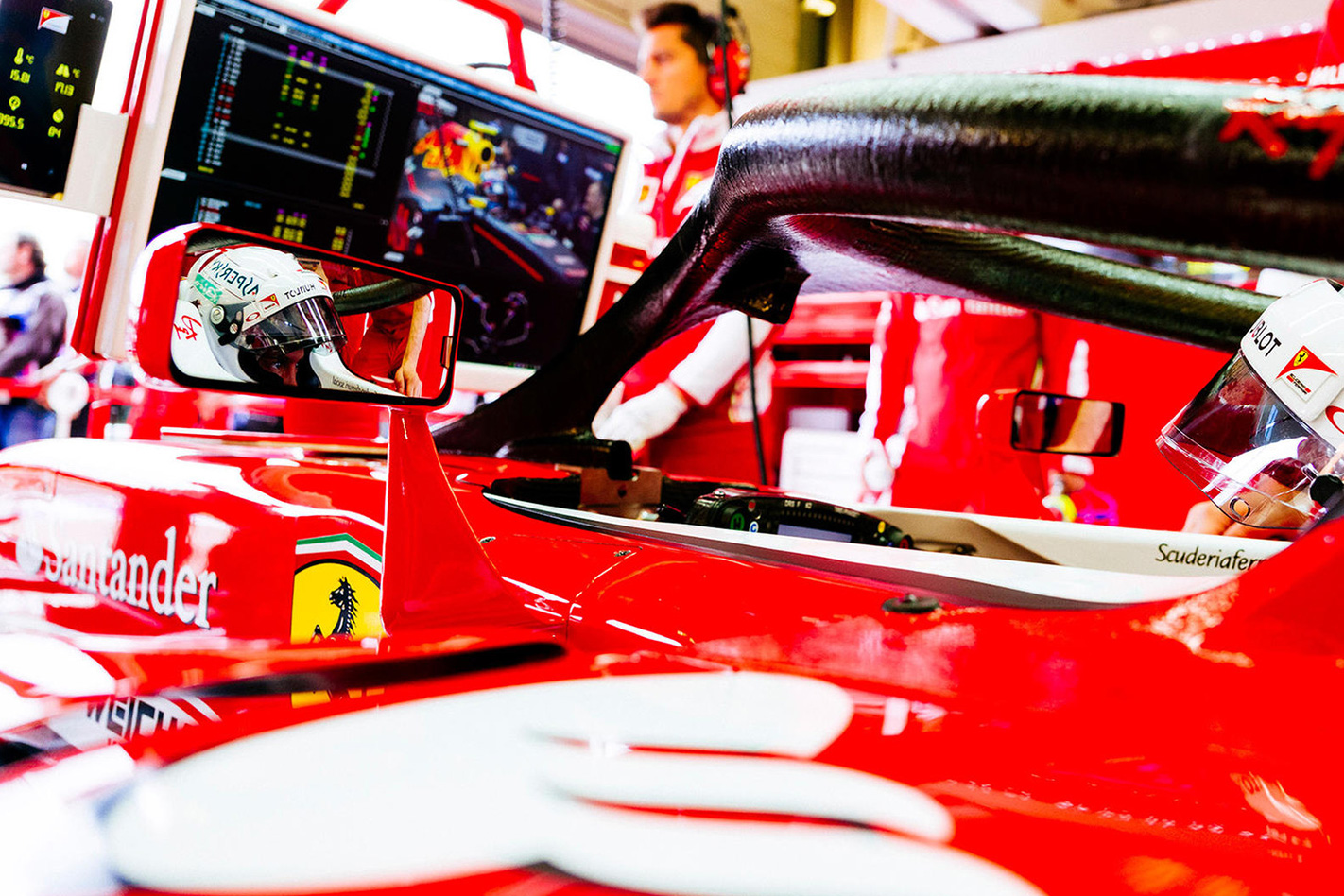
The drivers, many of whom tested the Halo device during 2016 practice sessions, remain divided on its implementation. Online forums clearly indicated the sport’s ardent fans aren’t so split. The design of F1 cars and the sport’s element of danger have always formed a large part of Formula 1’s appeal.
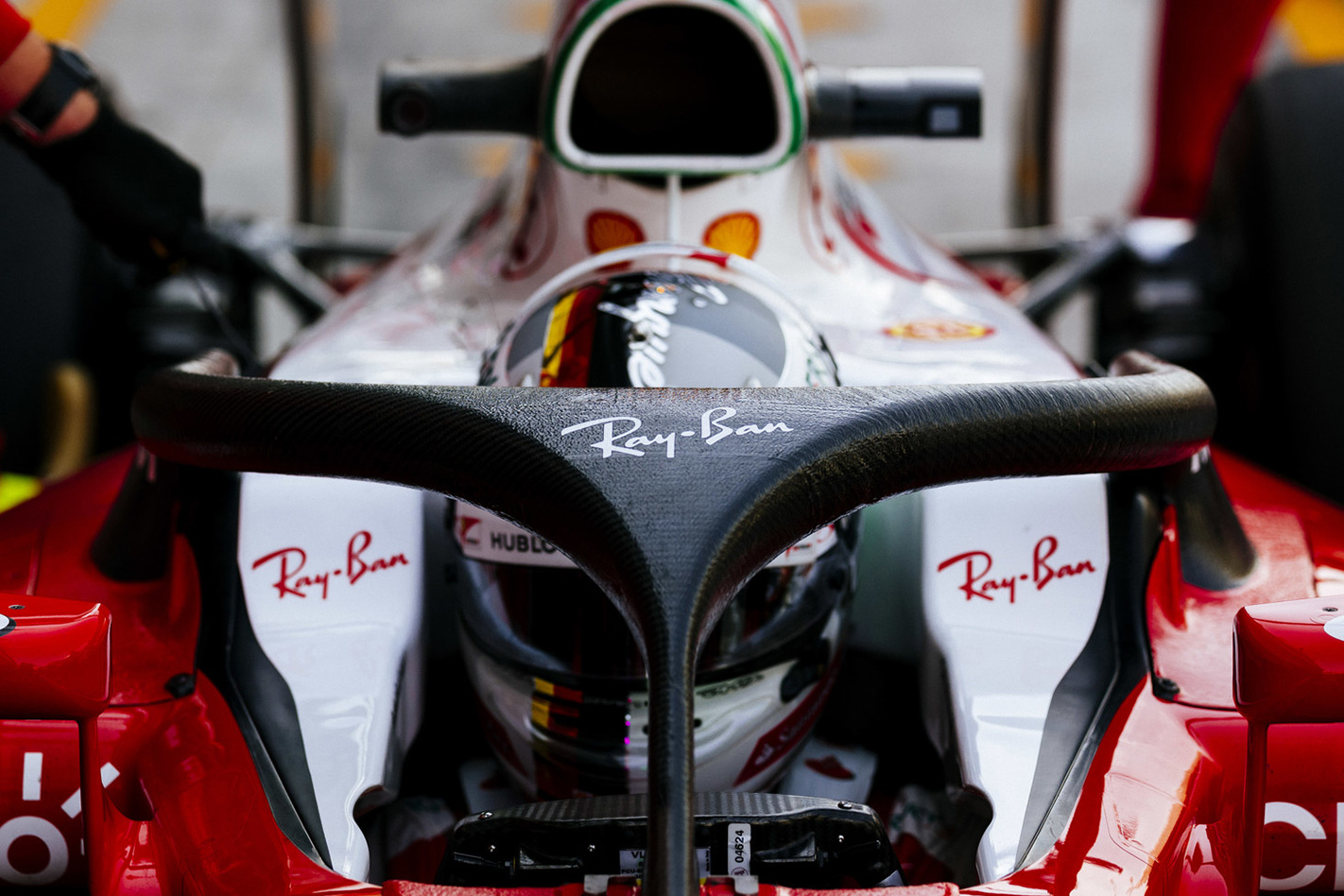
It believed 19 of the cases yielded in “positive” or “positive on balance” outcomes, including saving the lives of Surtees and Wilson. As ever, don’t expect the sport to have put a lid on this discussion.
Rejected Designs
What the FIA didn’t use
A closed cockpit would be considered even more sacrilegious in F1, yet the FIA did use a jet-fighter canopy for benchmarking purposes during early testing of enhanced-head-protection concepts. At a disused Royal Airforce base, a compound-nitrogen-powered cannon was used to fire a 20kg wheel assembly at both the canopy and a more racecar-like windshield for comparison.
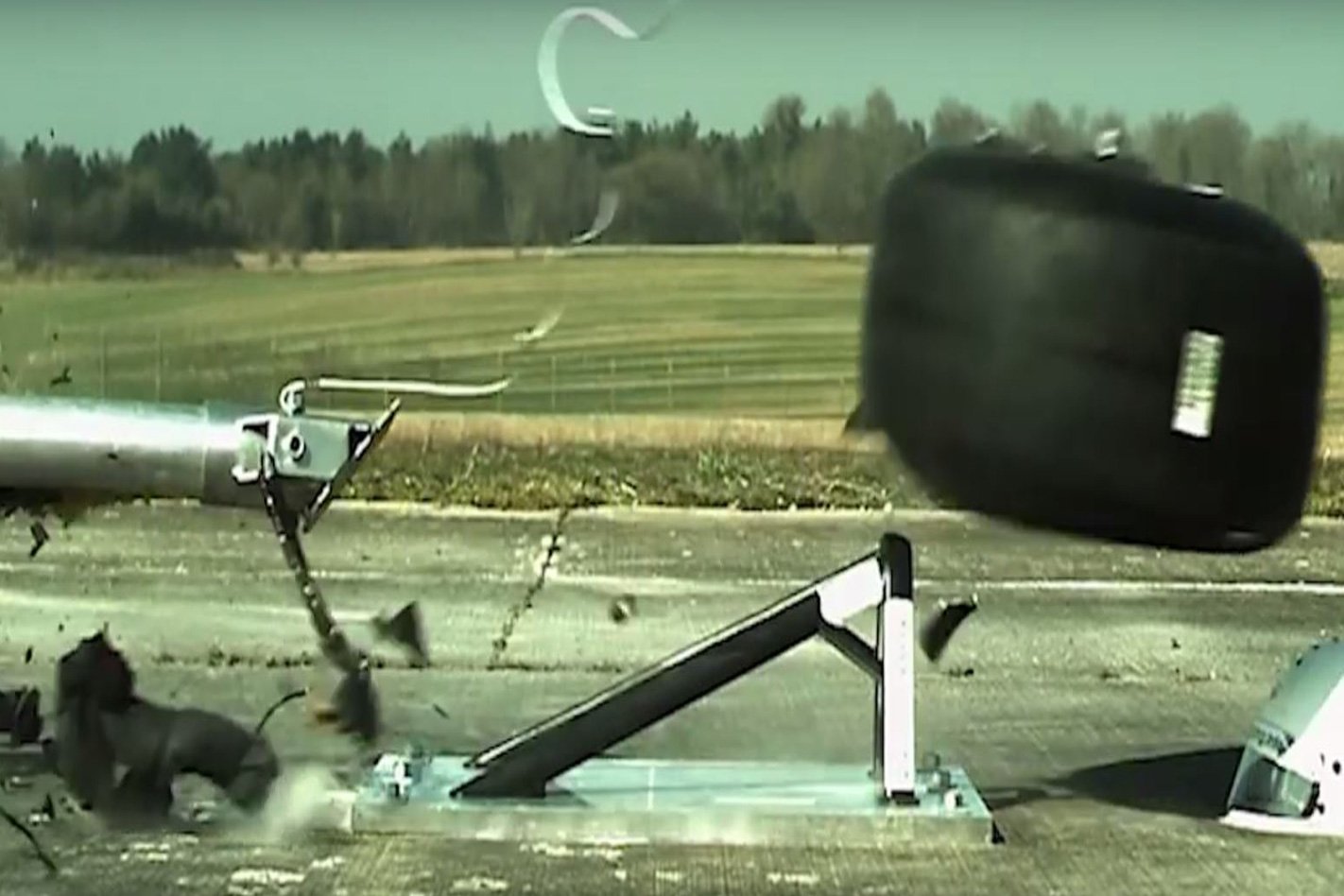
Ideas also included fins positioned ahead of the cockpit, ‘wires’ that ran across the top of the cockpit from behind the driver’s head to the car’s nose, and wraparound screens. All ended up in the ejector seat, however, as the FIA chose the Halo, at least for now, as the most realistic option.
The Detail
How will it work
1. DESIGN
The single-piece Halo has so far been a removable prototype though will eventually integrate into the chassis. (“With the support of the teams, certain features of its design will be further enhanced,” the FIA said.) Teams will have some leeway to play with non-structural carbon-fibre farings along the main tubes to assist with aerodynamics (and aesthetics). The FIA says the Halo will be the strongest part of a 2018 F1 car and is expected to weight about eight kilograms. It will be manufactured by a single supplier.
2. VISIBILITY
The central pillar’s width may be reduced from its current 20mm to about 16mm, though most drivers have said visibility isn’t a major issue after experiencing the Halo. The FIA also pointed out that vision remained superior to that of a closed-cockpit LMP1 Le Mans sports car. It’s not only drivers who will need to adapt, mind – TV audiences will experience the Halo effect, as it were, with the on-board car cameras.
3. SMALL DEBRIS
The FIA admits it doesn’t provide a 100 per cent guarantee against small objects. But after it hurled countless objects at the Halo from multiple directions – it said the tests showed statistically protection significantly increased. In 2012, F1 helmet visors also adopted a Zylon strip – around the area where Massa was struck – for extra strength.
4. EXTRACTION
Some believed the Halo would hinder a drivers’ extraction in the event of the car turning upside down – such as Fernando Alonso’s accident at the 2016 Australian GP. The FIA showed the driver had more space between their head and the ground or barrier, with the Halo bar propping the cockpit higher. The FIA also stresses track marshals should turn a car back onto its wheels, where a driver hasn’t potentially injured their back or neck.


